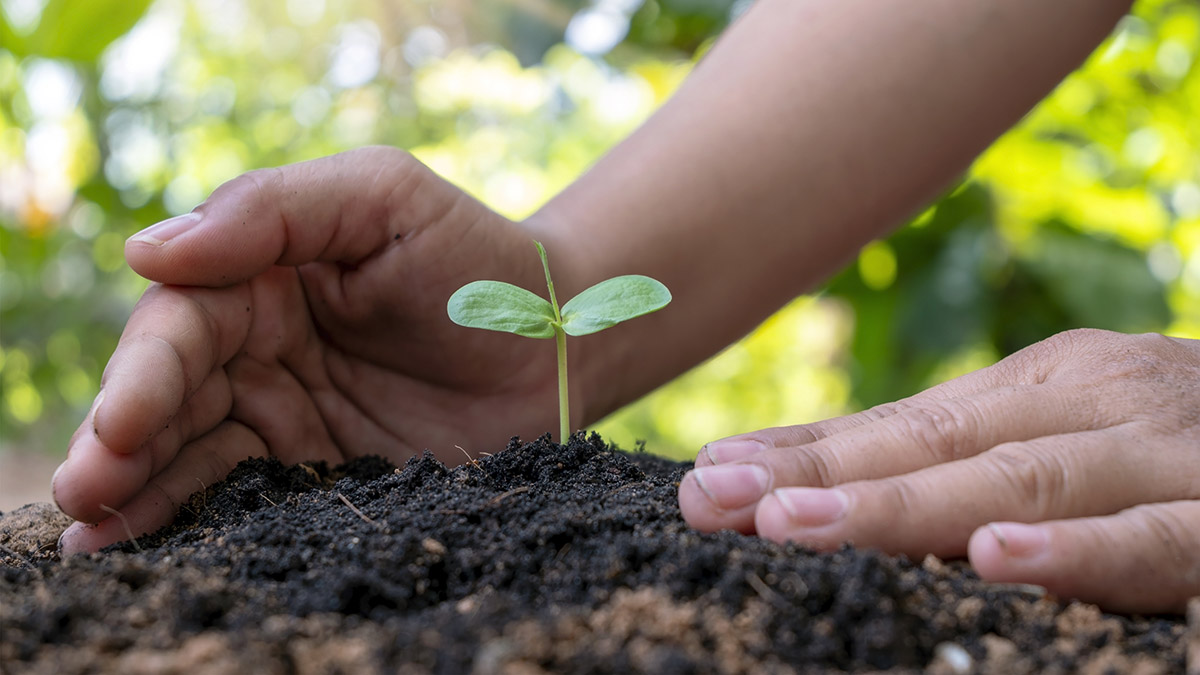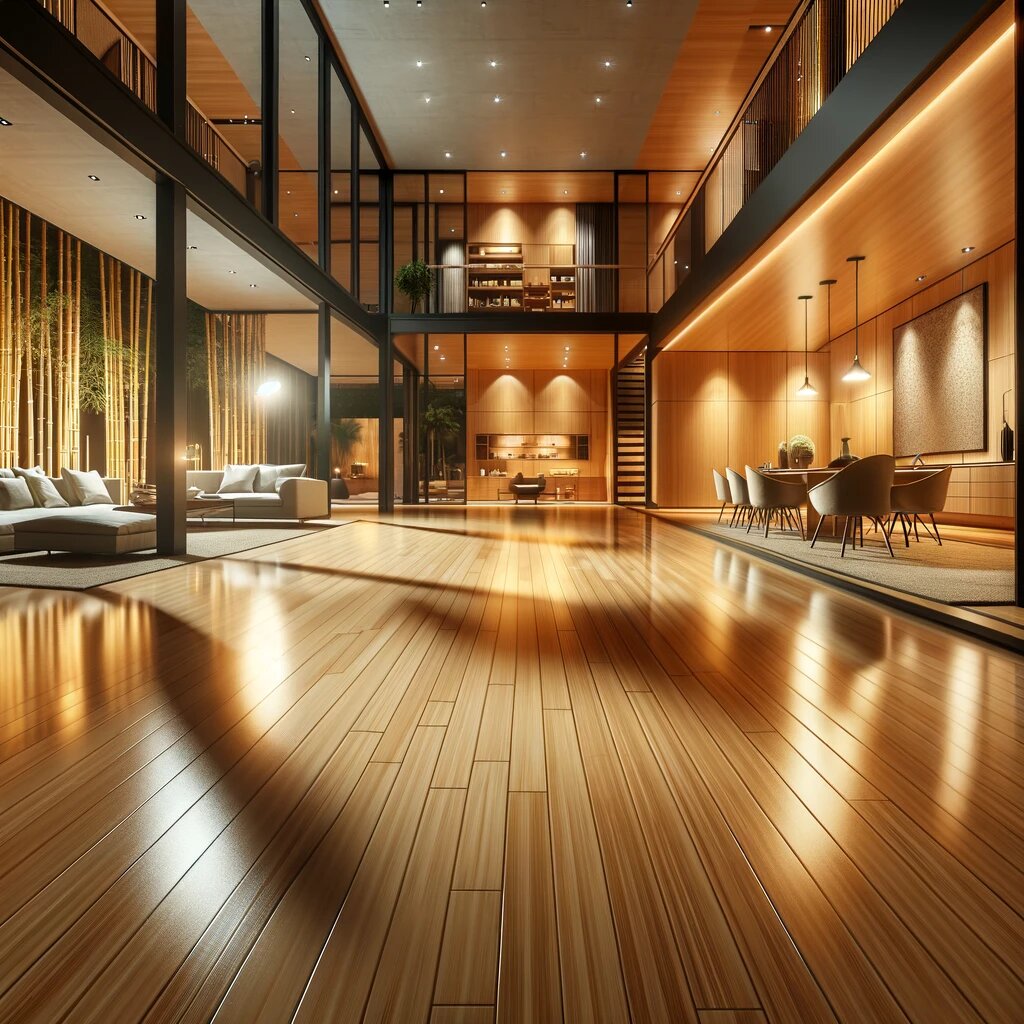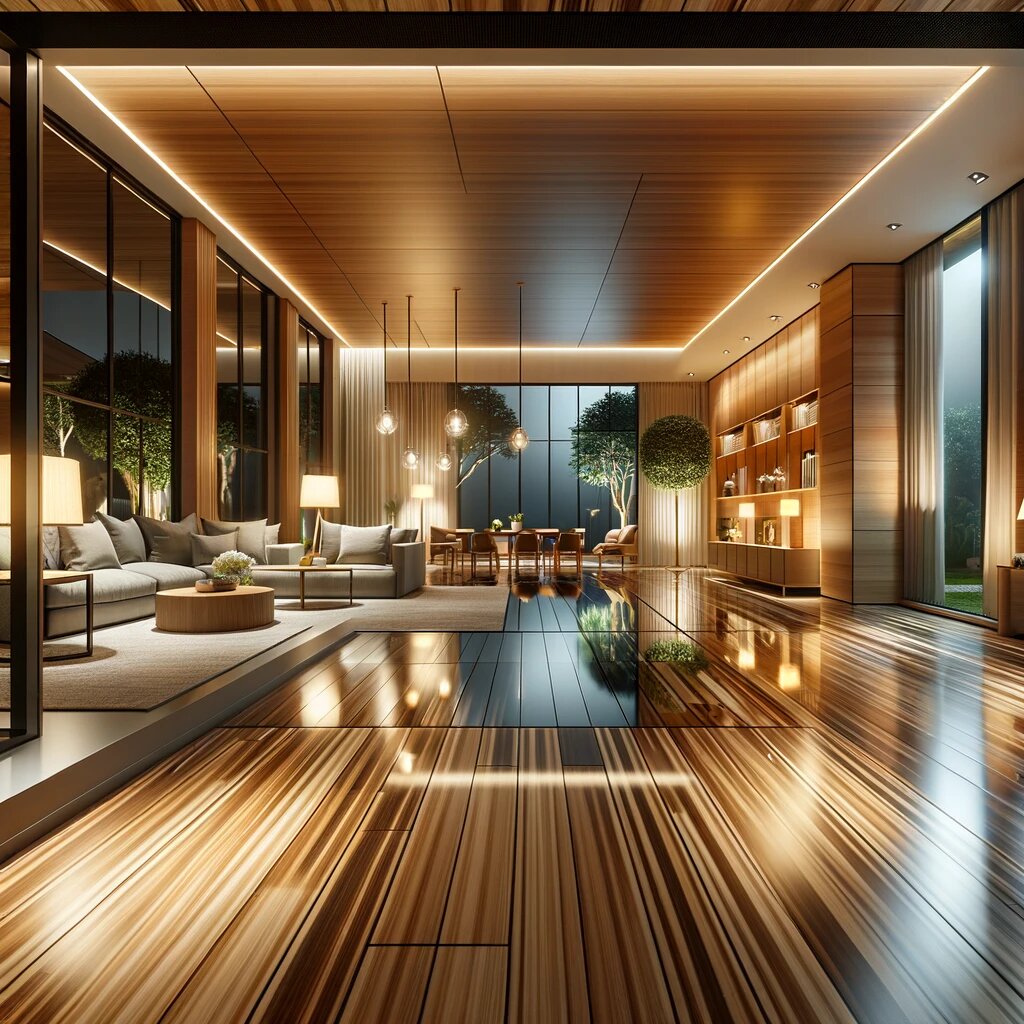In recent years, the construction industry has witnessed a significant shift towards sustainability and eco-consciousness. This trend reflects growing concerns about environmental impact and the need for more responsible construction practices.
In this comprehensive guide, we’ll delve into the reasons behind the rise of eco-friendly building materials and explore how they are reshaping the construction landscape.
Understanding the Shift: Why Eco-Friendly Building Materials are on the Rise
The increasing awareness of environmental issues, coupled with stringent regulations and evolving consumer preferences, has propelled the demand for eco-friendly building materials. Builders and developers are recognizing the importance of reducing their carbon footprint and minimizing environmental degradation through sustainable construction practices.
Benefits of Eco-Friendly Building Materials
Eco-friendly building materials offer a myriad of benefits, including reduced environmental impact, improved indoor air quality, and long-term cost savings. By using materials that are renewable, recycled, or produced with low energy input, construction projects can achieve sustainability goals while enhancing occupant comfort and well-being.
Types of Eco-Friendly Building Materials
From recycled materials like reclaimed wood and metal to renewable resources such as bamboo and cork, there is a wide range of eco-friendly building materials available. Innovative solutions like green insulation and energy-efficient systems further contribute to sustainable construction practices, offering both environmental and economic advantages.
Overcoming Challenges and Barriers
While the benefits of eco-friendly building materials are clear, challenges such as cost considerations, availability, and awareness still exist. Addressing these challenges requires collaboration among stakeholders, investment in research and development, and a concerted effort to educate and inform the industry about the importance of sustainability.
Case Studies and Success Stories
Numerous projects around the world have demonstrated the viability and effectiveness of eco-friendly construction practices. From LEED-certified buildings to net-zero energy homes, these case studies showcase the tangible benefits of prioritizing sustainability in construction projects, inspiring others to follow suit.
The Future of Eco-Friendly Construction
As technology advances and awareness grows, the future of eco-friendly construction looks promising. Emerging trends such as biophilic design, circular economy principles, and smart building technologies are poised to further accelerate the adoption of sustainable construction practices, creating a more resilient and environmentally friendly built environment.

Coastal Custom Product's Commitment to Sustainability
At Coastal Custom Products (CCP), we are committed to promoting sustainability and environmental responsibility in the construction industry. Through our partnerships with overseas manufacturers, we offer a diverse range of premium eco-friendly building materials, including laminated bamboo lumber, decorative MDF panels, PVC products, and wood flooring. By prioritizing sustainability in our product offerings and operations, we aim to empower builders, developers, and homeowners to make environmentally conscious choices and contribute to a greener future.

Get Involved: Take Action Today
Join us in our mission to build a sustainable tomorrow. Whether you're a building material distributor, a cabinet manufacturer, or a homeowner, you can make a difference by choosing eco-friendly building materials and adopting sustainable construction practices. Together, we can create a more resilient and environmentally friendly built environment for future generations.
Conclusion
In conclusion, the rise of eco-friendly building materials represents a fundamental shift towards more sustainable and responsible construction practices. By embracing these materials and practices, the construction industry can play a crucial role in mitigating environmental impact and building a more sustainable future for generations to come.



